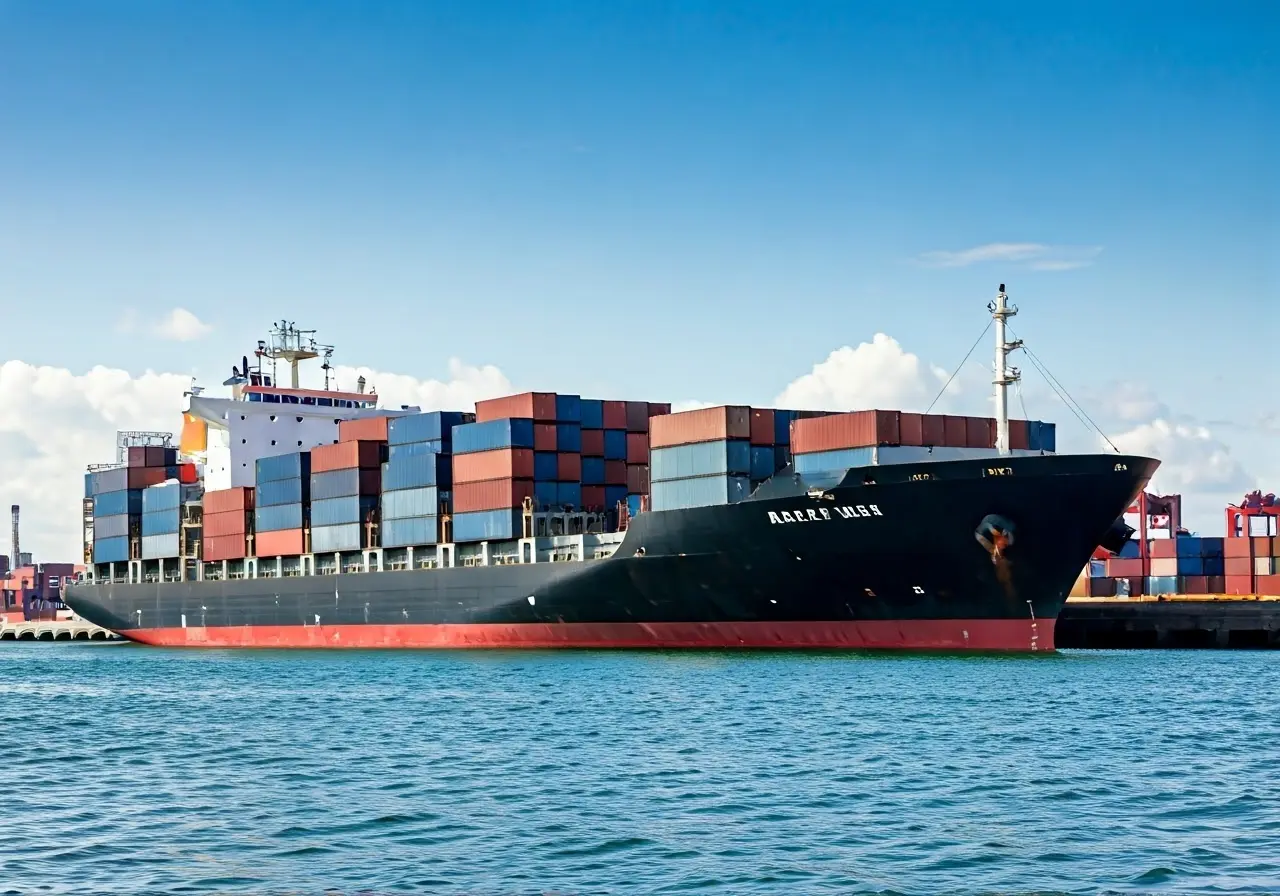What is the Process of Container Unloading in Logistics?
Container unloading is a crucial step in logistics, ensuring goods reach their final destination safely and efficiently. In this FAQ, we'll break down the process into easy-to-understand steps.
Understanding the Arrival of Containers
The journey begins when containers arrive at the port. It's important for logistics teams to be ready for their scheduled delivery to manage time effectively.
Successful logistics operations hinge on timely and organized container arrivals. This initial stage requires alignment with shipping schedules to avoid congestion and delays at the port. Proper scheduling also allows sufficient time for customs checks and inspections.
Coordination among various stakeholders, such as port authorities, shipping lines, and logistics providers, is essential for smooth container arrival processes. Each party must play its role to keep the flow of goods uninterrupted.
Inspecting Container Seals and Documentation
Before unloading, the seals and accompanying documents must be checked to ensure cargo integrity and compliance with regulations.
Inspecting container seals is a critical step to ensure that the containers have not been tampered with during transit. This inspection provides a first line of defense against theft and loss, and is vital for maintaining supply chain security.
Documentation review is another pivotal step in the unloading process. Freight forwarders and logistics companies must verify that all paperwork, including bills of lading and import licenses, is in order before proceeding to the next stage.
Positioning the Container for Unloading
Once cleared, containers are carefully positioned using cranes or forklifts. Proper alignment is key to safe unloading operations.
Containers are maneuvered to designated unloading areas by skilled operators. This step requires precision to align containers accurately for unloading, minimizing the risk of accidents or damage to the cargo.
Effective container positioning not only speeds up the unloading process but also enhances safety, as it allows for seamless handover to handling equipment or personnel.
Unloading Cargo Safely
The actual unloading requires precision. Workers or automated systems handle goods, prioritizing safety and efficiency in all movements.
Depending on the nature of the cargo, different unloading methods are employed. For example, palletized goods may be lifted out using forklifts, while smaller or loose items might require manual handling.
To ensure safety and efficiency, logistics firms often employ advanced technologies such as automated guided vehicles (AGVs) or robotic arms, which enhance precision and reduce human labor requirements.
Performing Inventory Checks
Post-unloading, inventory checks ensure that quantities match records and that goods remain undamaged, maintaining accountability across the supply chain.
Comprehensive inventory checks immediately follow the unloading process to verify that the correct type and quantity of goods have been received. These checks are crucial for detecting discrepancies early and preventing potential losses.
Digital systems for real-time inventory tracking have revolutionized this process, allowing for swift and accurate verification, and enhancing coordination throughout the supply chain.
Preparing Containers for Return or Storage
After removal of goods, containers are either stored for future use or returned, requiring proper cleaning and maintenance.
Containers need thorough inspection before being repurposed or returned to ensure they meet all logistical requirements and are in suitable condition for subsequent loads.
At Alameda Distribution Inc., we emphasize the importance of container maintenance. Proper practices not only extend container life but also contribute to environmental sustainability by reducing waste and promoting reuse.
Wrapping Up the Container Unloading Process
Container unloading is a complex yet systematic process that ensures goods are handled safely and delivered efficiently. By understanding each step, logistics professionals can optimize operations and ensure seamless transitions from ship to storage.

